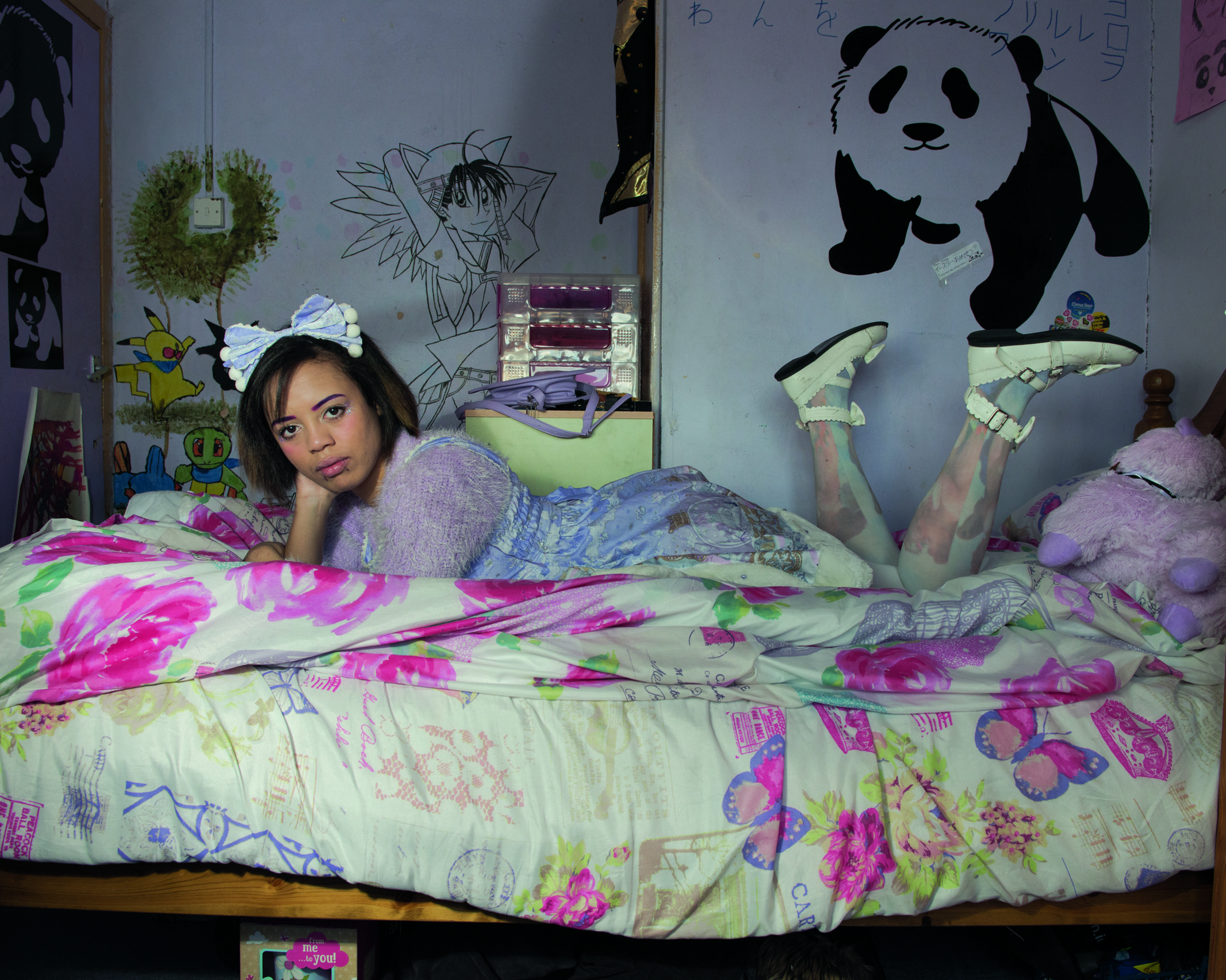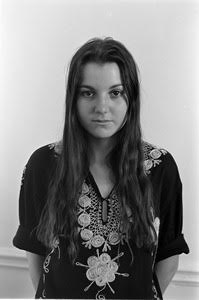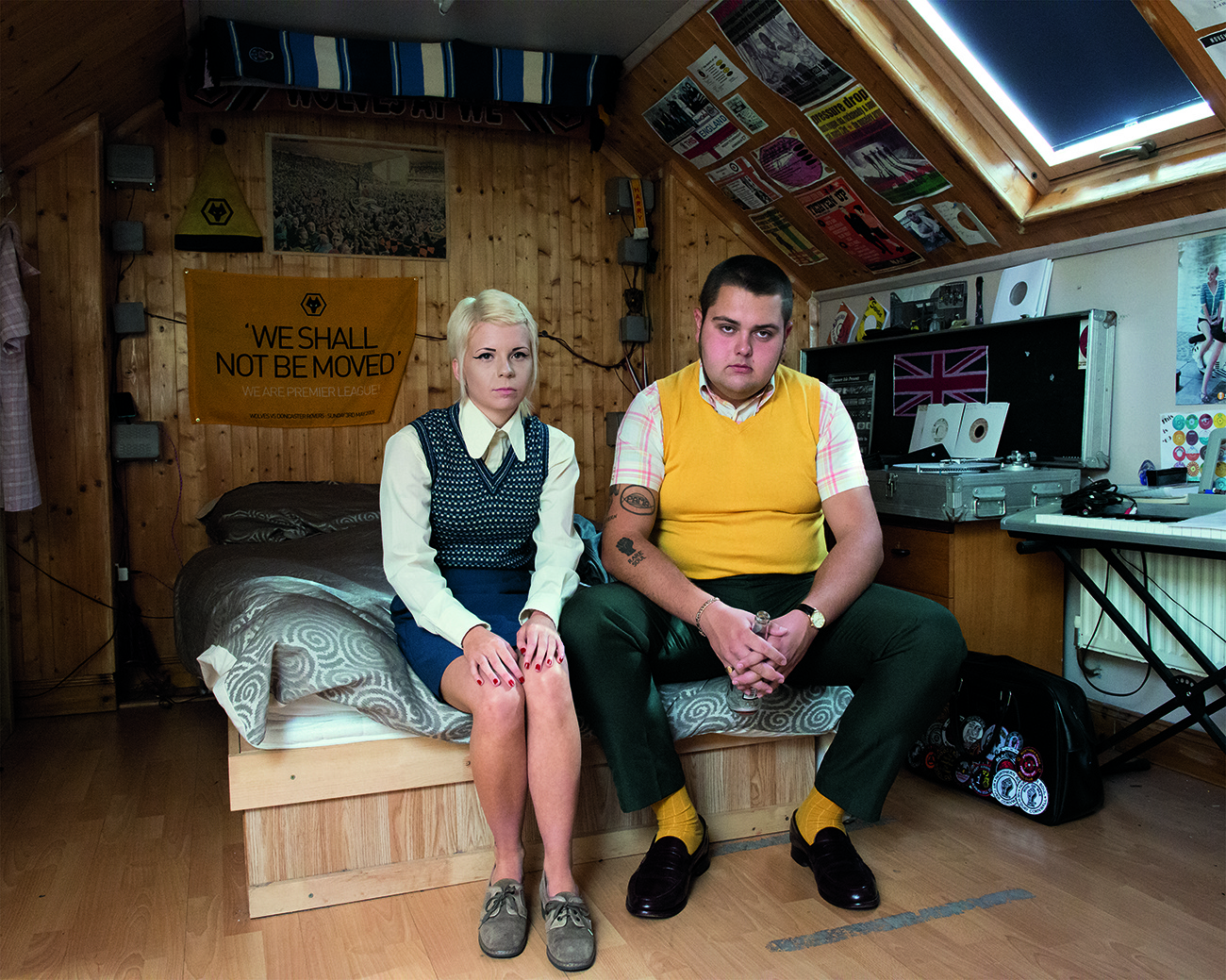
michelle sank
Michelle had no real interest in photography when she decided to have a go in her final year at art college - it turned out to be life-changing; “It was an extraordinary experience for me because it was like an umbilical cord and I suddenly discovered my voice of personal expression.”
She has gone on to develop a collaborative social documentary practice, working with her subjects to create her images. Her work documents young people across the country, their everyday experiences and how they choose to express identity. Her images provoke a thoughtfulness to the lives and stories of young people.
Interview and text by Esta Maffrett | 15.09.21


How did you get into photography?
When I was still in South Africa, I did a fine art degree. So it was really painting and sculpture, and in the last year of my course they introduced a photographic module and I thought, well, I'll give it a go. I had no interest really in photography prior to that. It was an extraordinary experience for me because it was like an umbilical cord and I suddenly discovered my voice of personal expression. I had an extremely enthusiastic, very passionate lecturer who really supported my work and that's how that was the beginning of it really. I had the real gift of David Goldblatt who was really the father of documentary photography in South Africa. Very, very well known. He's not alive anymore. But he picked up on my work as a student in South Africa and became a mentor for me, which was extraordinary. And as I say, a real gift.
How do you use portraits to empower your subjects?
I think what has been said about my work is that the space of the camera becomes almost like a stage where people can present themselves. So it's almost like an act of performance really. And I think the way I work with people, which is, I hope very empathetically and there's sort of mutual respect, I think allows people to bring up something of themselves in the image. I think people have amazing intuition. They pick up something about you and when I see something I'm genuinely excited and it's almost like an act of love in a way, really. That recognition of something quite special about the person that I'm either finding on the street, or that has been presented to me through commissions or residences and so on.
Whether it’s bedrooms, back gardens or home towns every subject has a special relationship to their environment in your photos. Besides telling where the kids live, why is the surrounding so important in your images?
Even in more formal situations where I have a commission, or projects that I've generated where I've worked in the bedroom and not known what I'm going to find, there's certain signifiers and cultural coding that I think makes the narrative. On another day that may not be there. So I think when I'm outdoors, and I see someone, it's how the whole thing is working. And what's often been said about my work as well is that it's almost as if the portrait is stuck on to the background and there's that narrative going on between the two. But as I say, I may if I'm working outdoors, meet one of those subjects, and the signifiers aren't there and then I don't see that something special. And when I go indoors I have this antenna I guess that tunes into the signifiers, subtle as they are, but for me very important that says something about someone's personality, or has some kind of reference to personality, cultural coding, history and so on.
Do you spend much time organising those signifiers, maybe changing the room? Or do you just go with what's there?
Sometimes I've had to adjust because sometimes the spaces that I work in, not having known where I'm going to end up, are sometimes quite challenging as far as space goes. So if someone's positioned according to the light, or whatever, and there's something coming out of their head, or there's a painting on the wall, that is disrupting me, I will remove that or change it. But for the most part, I'm working with what's presented to me with subtle changes, and it's really just about giving the figure a clean space to breathe. And when I'm outdoors and all those signifiers are there, I'm finding them. It may be that I have to move someone slowly so that a pole isn't coming out of their head. But it's really to do with the fact that one can focus on the figure without distractions that I don't want.
"For me it's a real celebration of magnificence of these young people really, they're not really conforming yet, they still have their individuality and their expression"















